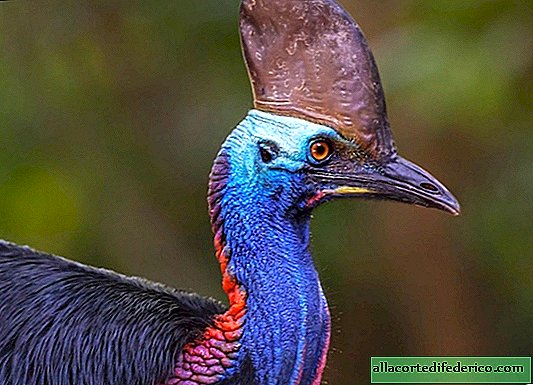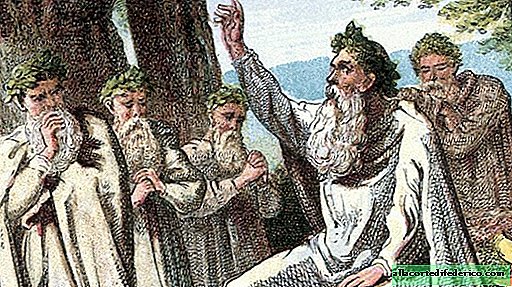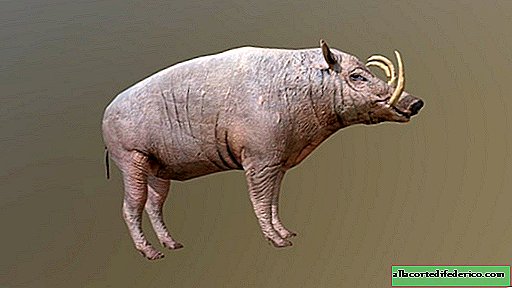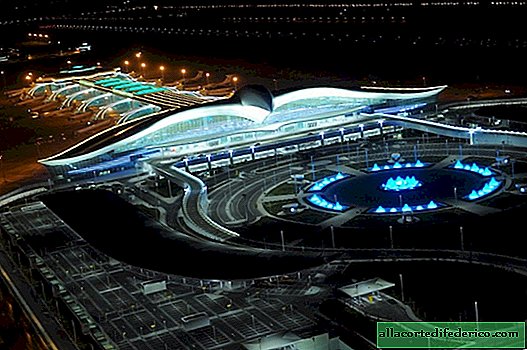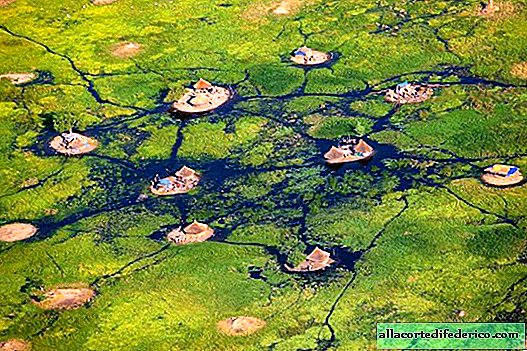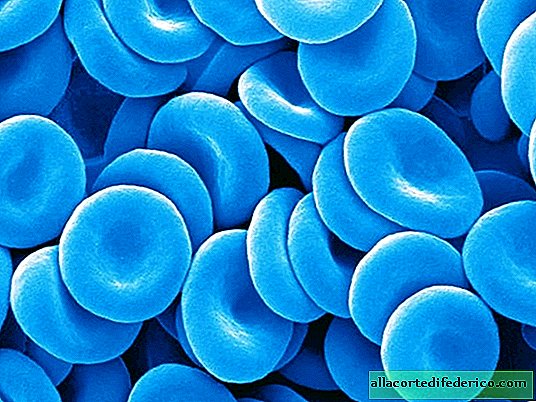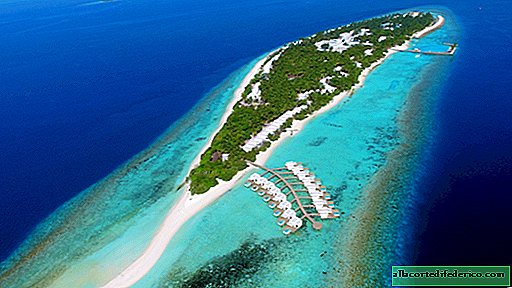How the Romanov dynasty went from Mare and Cat
Sometimes in the intricacies of Russian surnames it is extremely difficult to find who came from whom. Well, if the family is famous, then several generations can be restored. Especially if it is an imperial house.
The rise of the Romanovs occurred in the 16th century. It was then that they approached the royal throne. On February 13, 1547, John IV Vasilievich was combined by a family union with Anastasia Romanovna Zakharyina-Yurieva, the future mother of Fedor Ivanovich. He did not live with her for long, she gave birth to six children, most of whom died in infancy. Contemporaries noted the positive influence of the queen on Ivan. Historians suggest that in 1560 she was poisoned. She could be a victim of a political struggle for the influence of the boyar families. So did Ivan himself. He was very worried about the departure of Anastasia, after this event, the king’s struggle with the boyars intensified.

During the reign of Boris Godunov, the influence of the Zakharyins-Yurievs sharply weakened. Only after his death did they return to power. The surname Romanov was first taken by Fedor Nikitich, known as Patriarch Filaret. He did this out of respect for his grandfather Roman.
The history of the imperial family has deep roots. Interestingly, the usual understanding of the surname did not exist at that time. Rather, it was a personal nickname or middle name. Both the common people and the boyars. In the Russian tradition, there was no such relationship as that of Western European feudal lords. Russian boyars at that time did not have such a deep history. As a rule, no more than three or four generations.
The history of the genus comes from Andrei Kobyla and Fedor Koshka. Family tradition says that the ancestors of the emperors came to Russia from Prussia in the early 14th century. But historian S. B. Veselovsky has a different opinion. He traces the origin of the family from the Novgorod service people.
 Grand Duke Simeon the Proud
Grand Duke Simeon the ProudHis brother's name was Fedor Shevlyaga. Shevlyaga is also a nickname. It means nag. Like it or not, everyone is connected with horses.
 Patriarch Filaret, father of Tsar Mikhail Fedorovich
Patriarch Filaret, father of Tsar Mikhail Fedorovich Another mention of Fedor was in 1389. Among other boyars, he witnessed with his signature the spiritual certificate of Dmitry Donskoy.
After 1393, references to him in the annals disappear. It is known that he ended his life as a monk with the name of Theodorite.
Fedor left six children. But the direct ancestor of the Romanovs was Ivan Fedorovich. He held a high position under Basil I. Khan Edigey in his correspondence mentions him as a favorite and treasurer of the king. He in turn gave birth to four boys. One of which is Zakhary Ivanovich Koshkin. His children, Yuri and Yakov, decided that bearing such a surname was no longer appropriate for family members, and became the Zakharyin-Koshkins. Well, then Fyodor Nikitich only supported the family tradition, changing his surname to Romanov.


